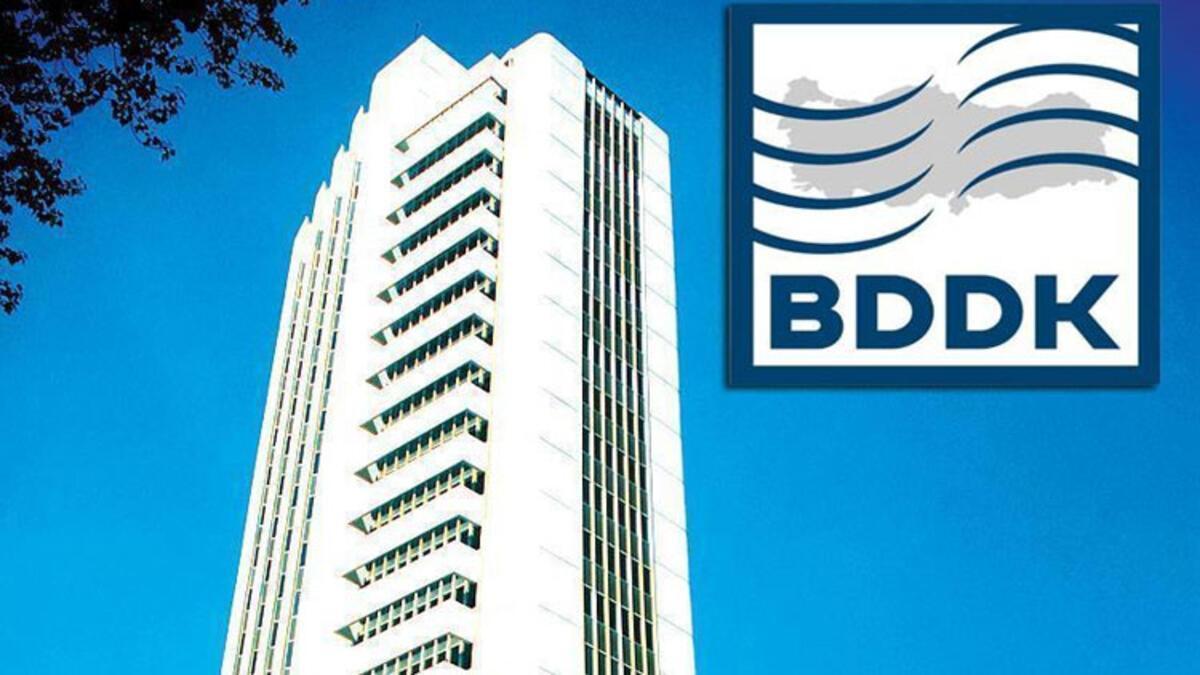Banks asked to prepare long-term NPL strategy
ISTANBUL

Banks operating in Turkey have been obliged to submit a new long-term credit strategy plan and establish a separate unit to oversee it, according to a revised banking regulation published in the Official Gazette yesterday.
According to the latest update in the Banking Regulation and Supervision Agency (BDDK) code, banks have been asked to prepare a three-year non-performing loans (NPLs) management strategy, including resolution units and annual operational plans, in order to reduce them in a reasonable time.
While privately held peers were more conservative, state banks nearly doubled their lending last year, supporting the $720-billion economy to avoid a contraction and mount a strong recovery thanks to a speedy coronavirus vaccination campaign.
Now, authorities want the lenders to be ready for another burst of credit later this year or next to meet pent-up demand from builders and other borrowers, sources told Reuters, requesting anonymity.
But their depleted capital requires a boost, especially given they need provisions ahead of an end-September deadline when more soured loans - including from the hard-hit service sec-tors - will need to be classified as NPLs.
However, bankers and officials said that no final government decision was taken on a capital injection.
But shifting them to the asset management sector remains a leading option, two of the sources said.
A Turkey Wealth Fund official said banks’ capital adequacy ratios “are currently at a good level,” adding the fund “is always ready to support banks if there is a need.”
The fund injected 21 billion Turkish Liras ($2.5 billion) of capital into the three big state banks - Ziraat, Vakıfbank and Halkbank - in early 2020, just before their lending shot up by 90 percent, including the low-interest loans that were meant to ease fallout from the pandemic.
Despite the economic upturn and a low sector NPL ratio of 3.7 percent, the BDDK extended a forbearance period introduced last year to Sept. 30, after which many Stage 2 loans must be classified as non-performing.
















